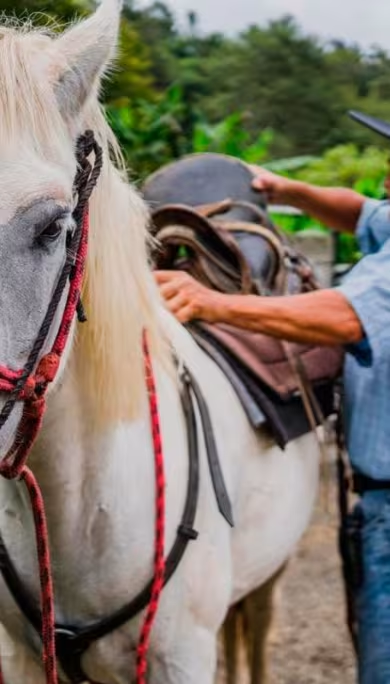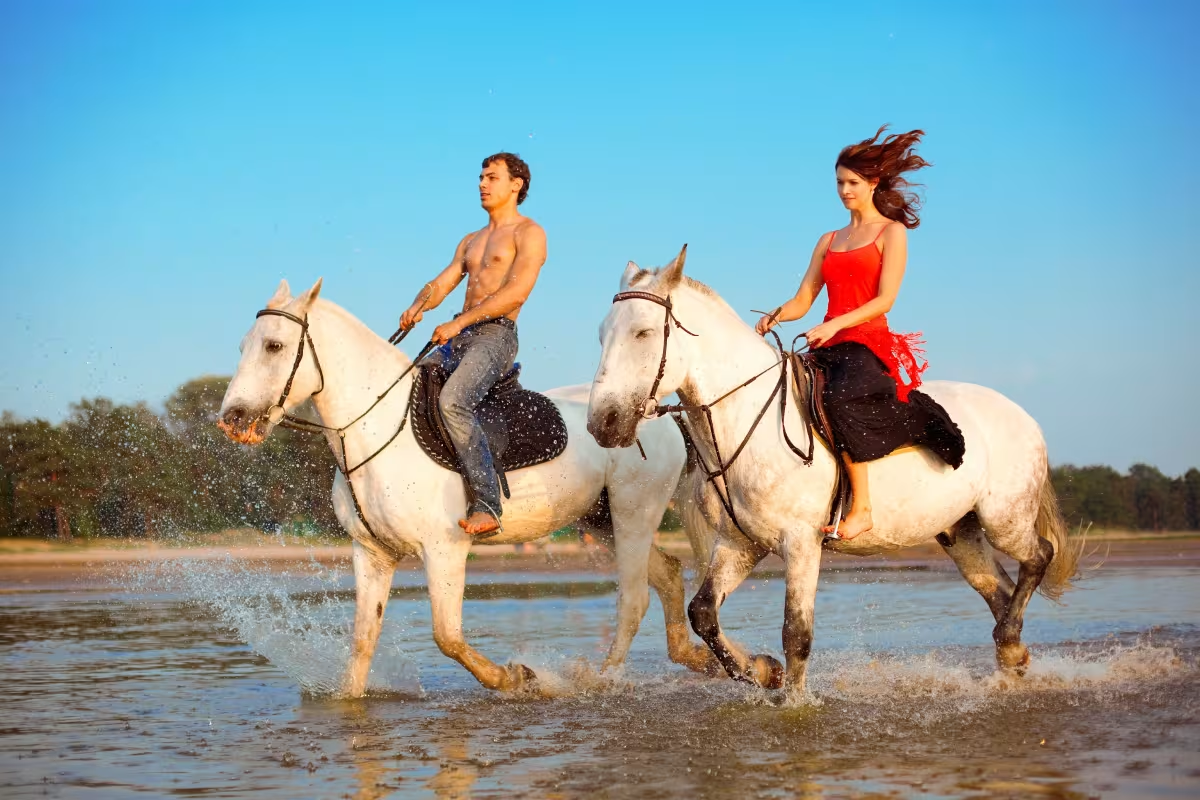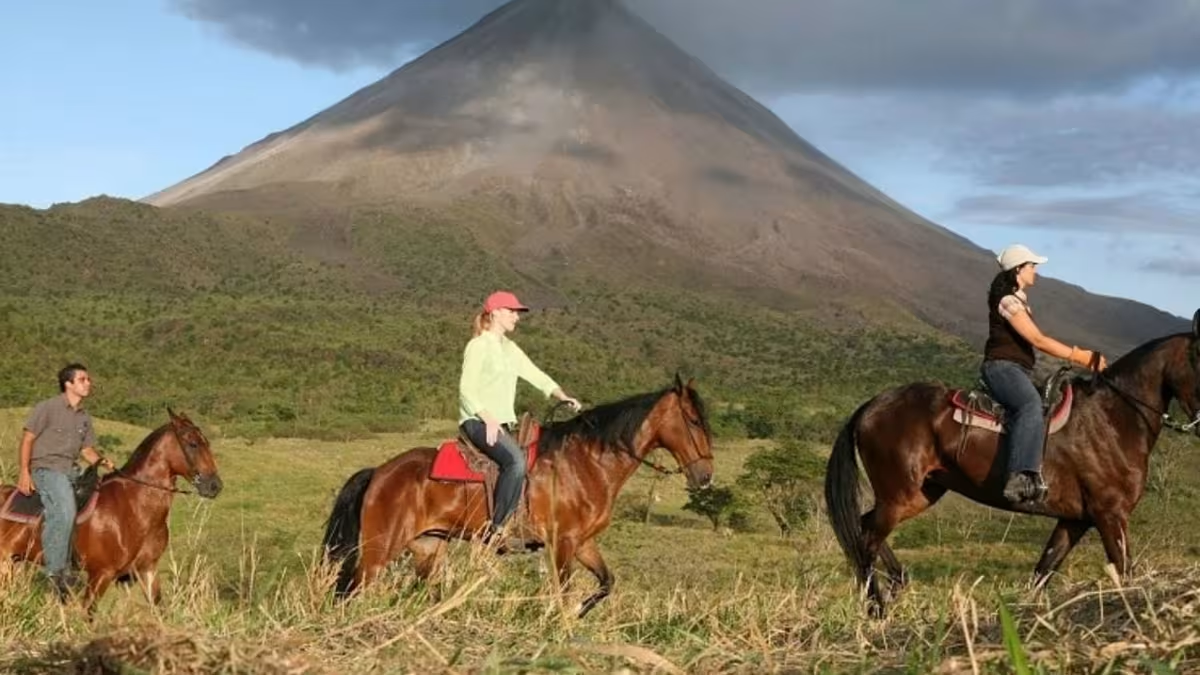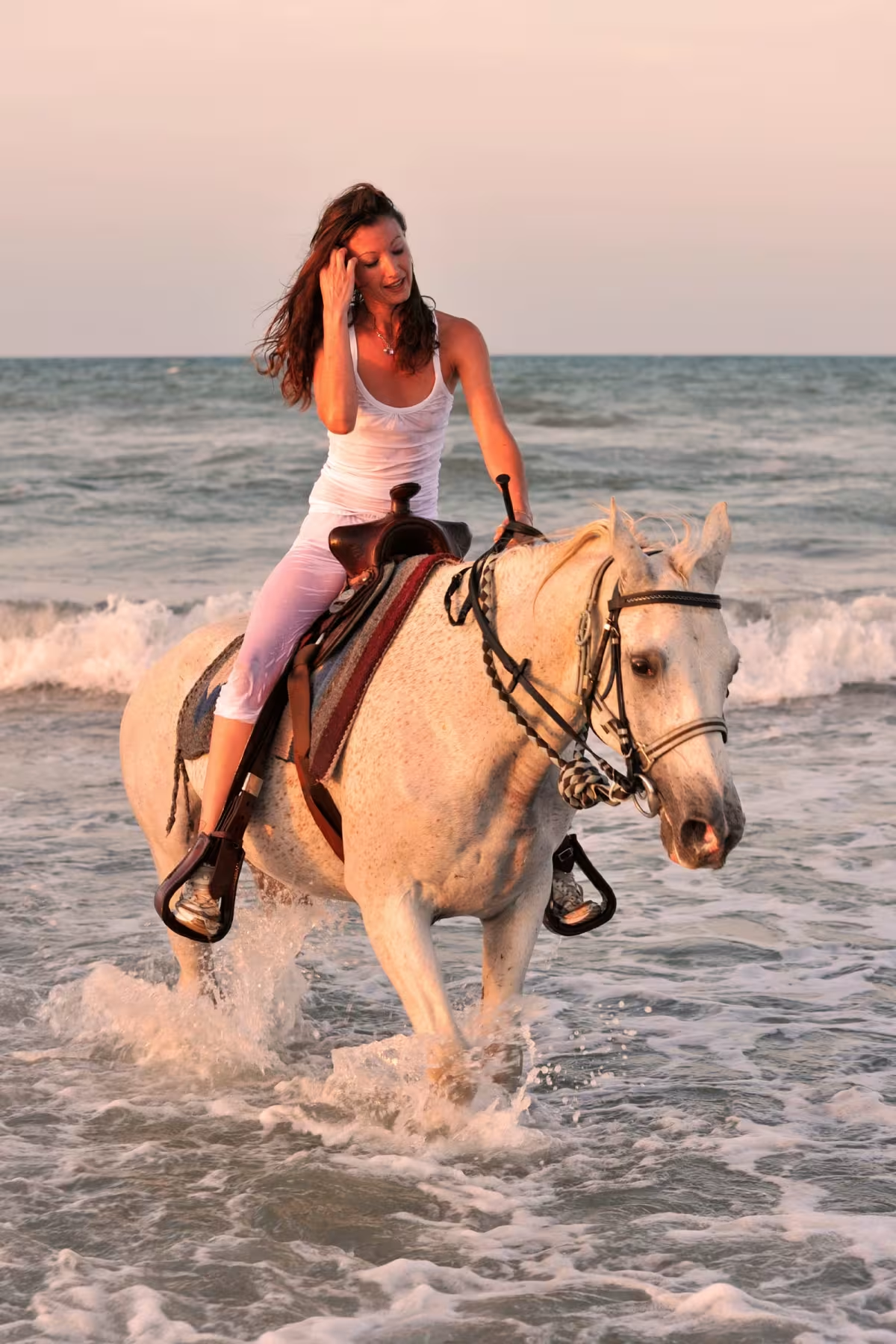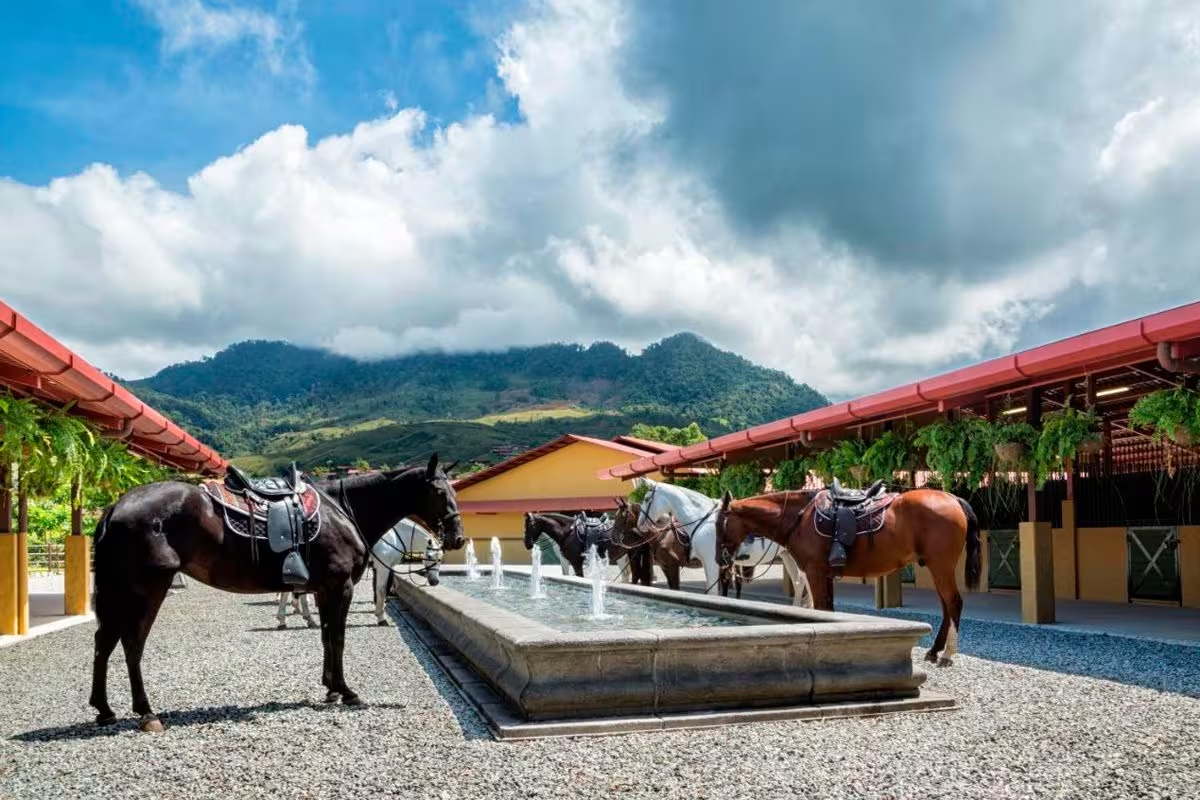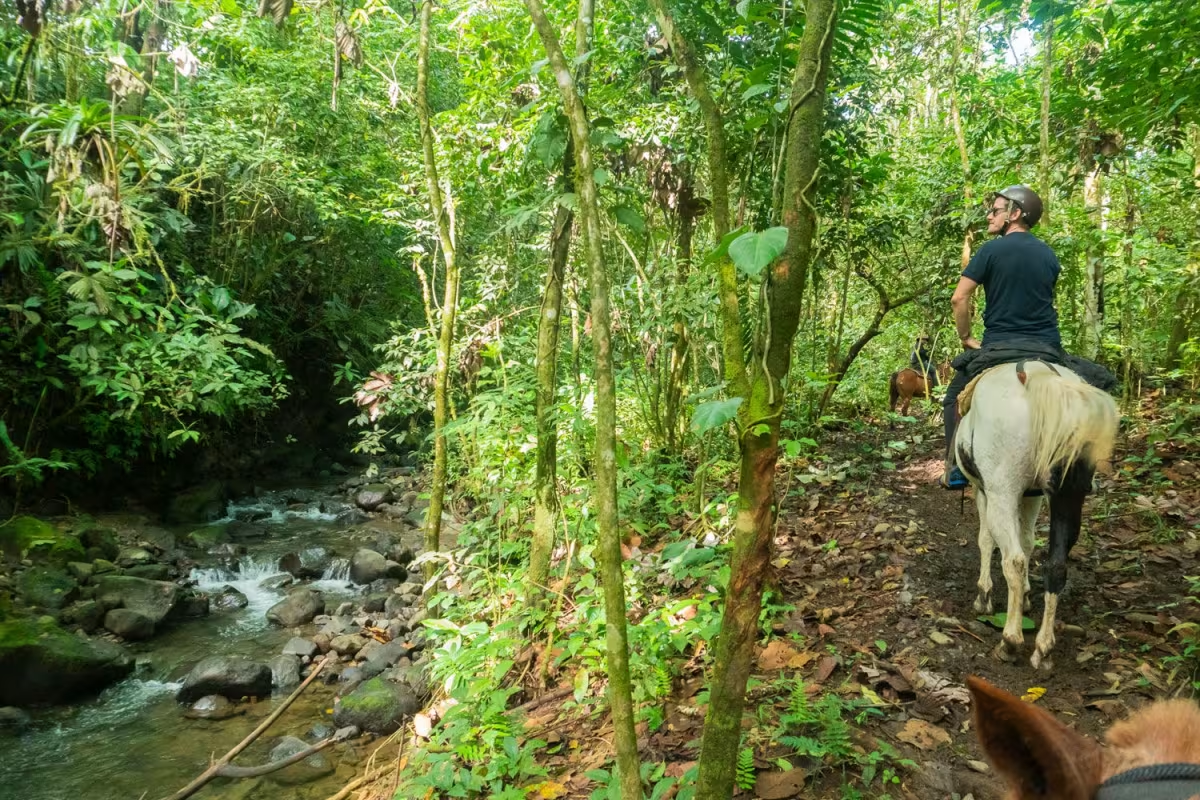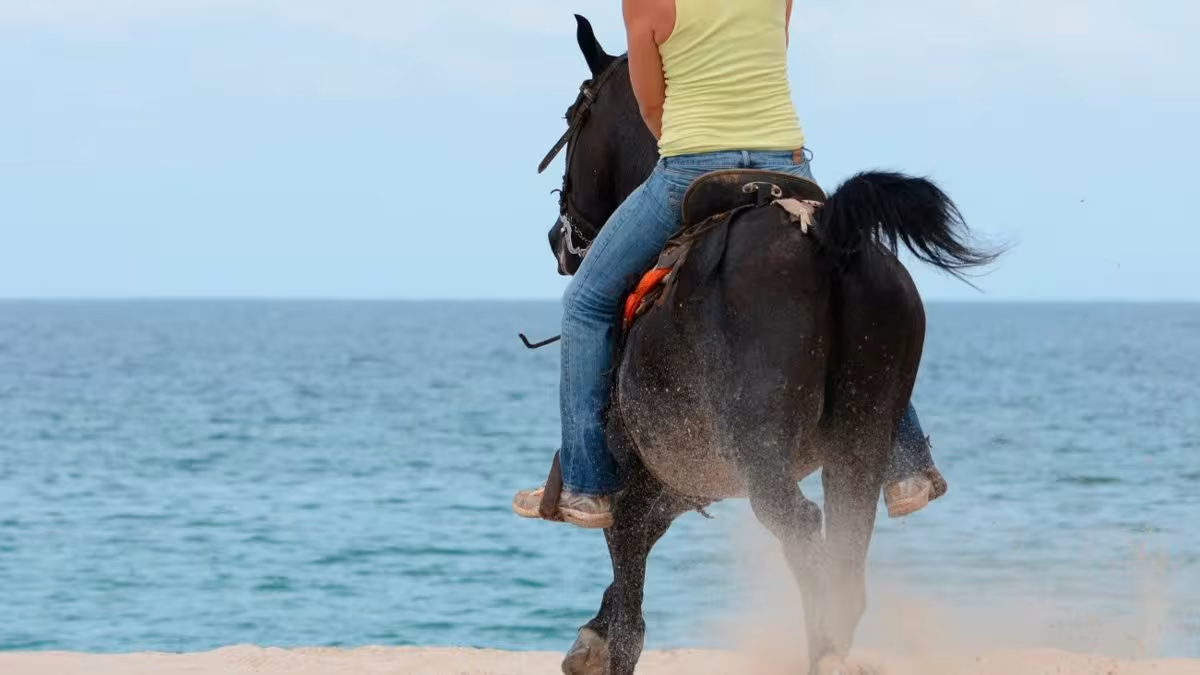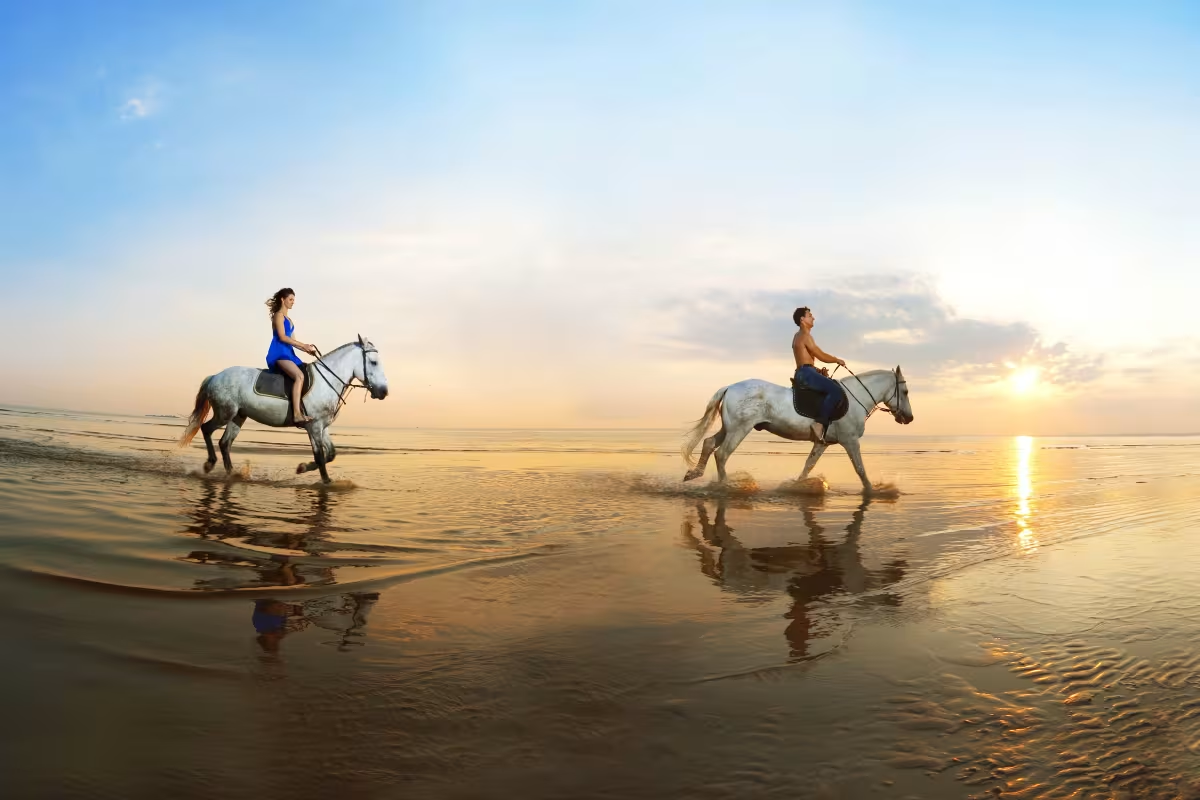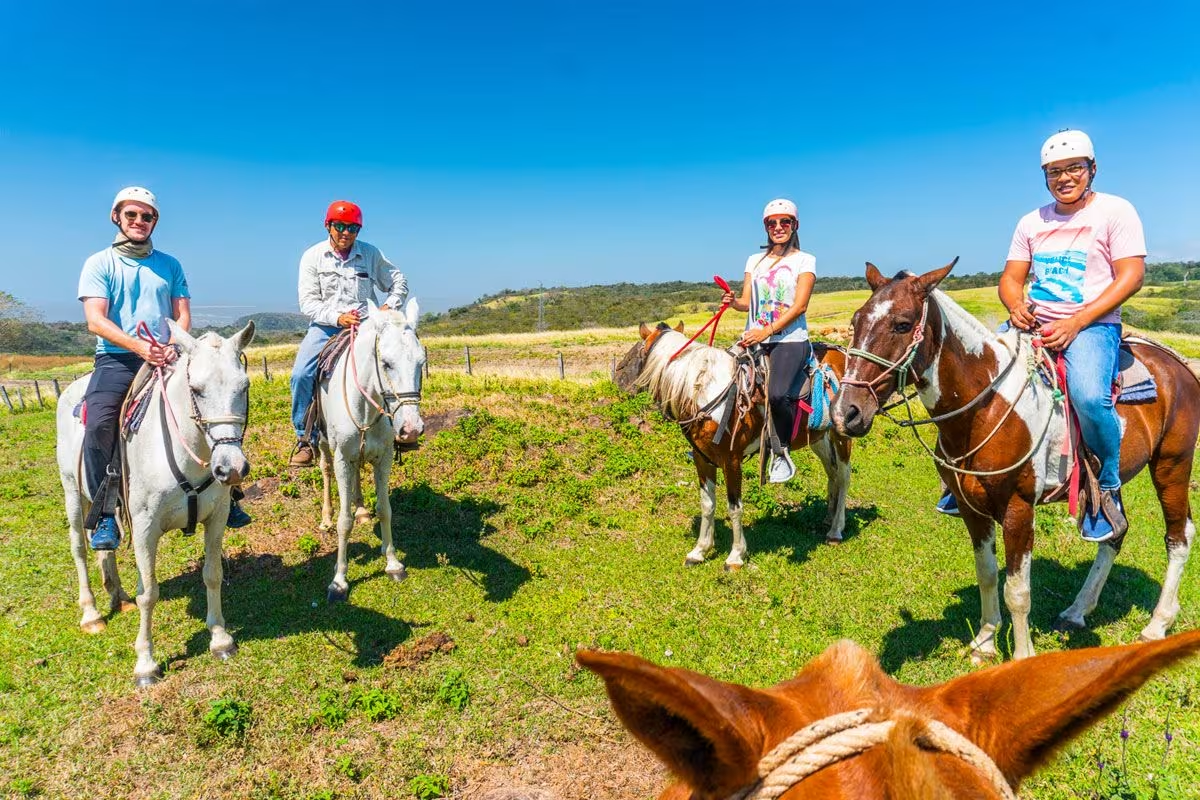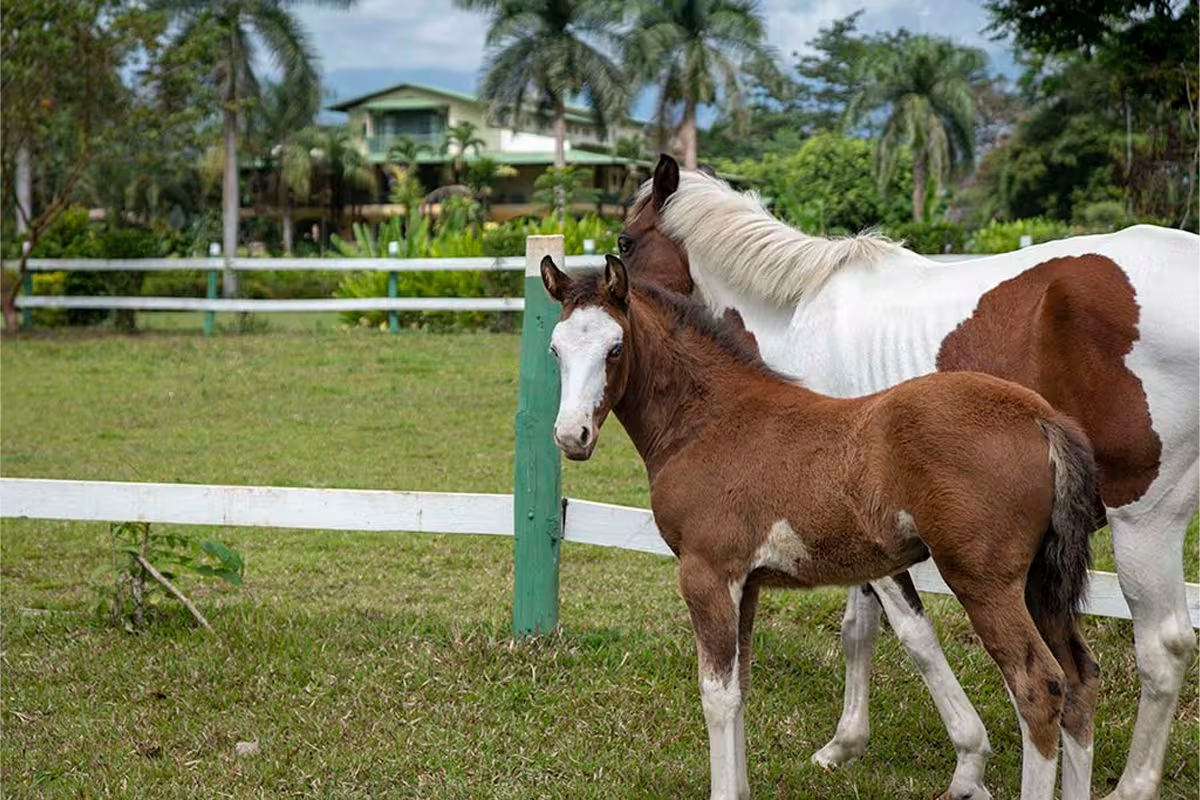What to Expect from a Horseback Riding Tour
Exploring Costa Rica on horseback is one of the most authentic and memorable ways to experience the country’s landscapes, culture, and wildlife. Suitable for all experience levels, guided rides let you trade pavement for trails, leading you through rainforests, rolling countryside, volcanic slopes, hidden waterfalls, and palm-lined beaches. With friendly, knowledgeable guides and well-trained horses, even total beginners and young children can enjoy the adventure.
From the saddle, the scenery feels more vivid. You might meander through lush jungle paths where monkeys swing above, cross quiet rivers that shimmer in the sunlight, or gallop along golden beaches at sunset with the Pacific waves at your side. Horseback riding provides not only a chance to see breathtaking landscapes but also a quieter way to encounter wildlife — sloths, toucans, scarlet macaws, or even a curious coati may appear as you ride.
Where to Ride
One of the most popular places to explore on horseback is the Arenal region near La Fortuna. Here, gentle trails cut across farmland and green pastures before leading to dramatic lookout points with sweeping views of Arenal Volcano and its lake. Some tours follow dry lava trails, while others take you to the base of the famous La Fortuna Waterfall for a refreshing swim. Along the way, you’ll encounter orchids, ferns, bromeliads, and crops such as sugar cane, as well as colorful birds like the motmot and white hawk.
In Guanacaste, horseback riding connects you to the cowboy culture of the “sabaneros.” Long beaches invite riders to gallop along the sand or wind through rolling plains and ranch land.
The Central Pacific regions of Manuel Antonio and Jacó combine rainforest and coastal scenery. Trails here wind past old-growth jungles, farmland, and valleys alive with toucans, monkeys, and macaws. Some rides even include stops at hidden waterfalls where you can cool off in natural pools.
For those seeking seclusion, San Isidro in the southern valleys offers quiet countryside landscapes and a deep connection to Costa Rica’s equestrian heritage. Properties like Hacienda Alta Gracia cater to horse enthusiasts with luxurious stables and miles of riding terrain.
On the Caribbean side, places like Puerto Viejo offer beach rides with a special twist: some tours let you swim with your horse in the ocean, creating a once-in-a-lifetime memory. Multi-day horseback treks are also available in Monteverde and beyond, leading adventurous riders through cloud forests, mountains, and rural villages.
A Tradition in the Saddle
Horses have been part of Costa Rican life for centuries. Long before modern roads, horseback was one of the main ways to travel between towns and farms. The cowboy traditions of Guanacaste remain especially strong, with “topes” (festive parades celebrating prized horses) still a cherished part of local culture.
FAQ about Horseback Riding in Costa Rica
What type of terrain will I ride through?
Depending on the location, you may cross beaches, farmland, jungle, rivers, mountain slopes, or even volcanic lava trails. Some rides are more physically demanding, while others are designed to be relaxed and easy.
Can you ride horses on the beach in Costa Rica?
Yes. Riding along the beach is not only possible but one of the most iconic experiences, especially in Guanacaste and along the Central Pacific coast.
Is horseback riding suitable for beginners?
Absolutely. Costa Rica’s tour operators provide well-trained horses and professional guides who adapt the ride to your comfort level. Children and families are welcome, and helmets are typically provided.
When is the best time of day to ride?
Morning and late afternoon are the most pleasant, with cooler temperatures and softer light. Sunset beach rides are especially popular.

